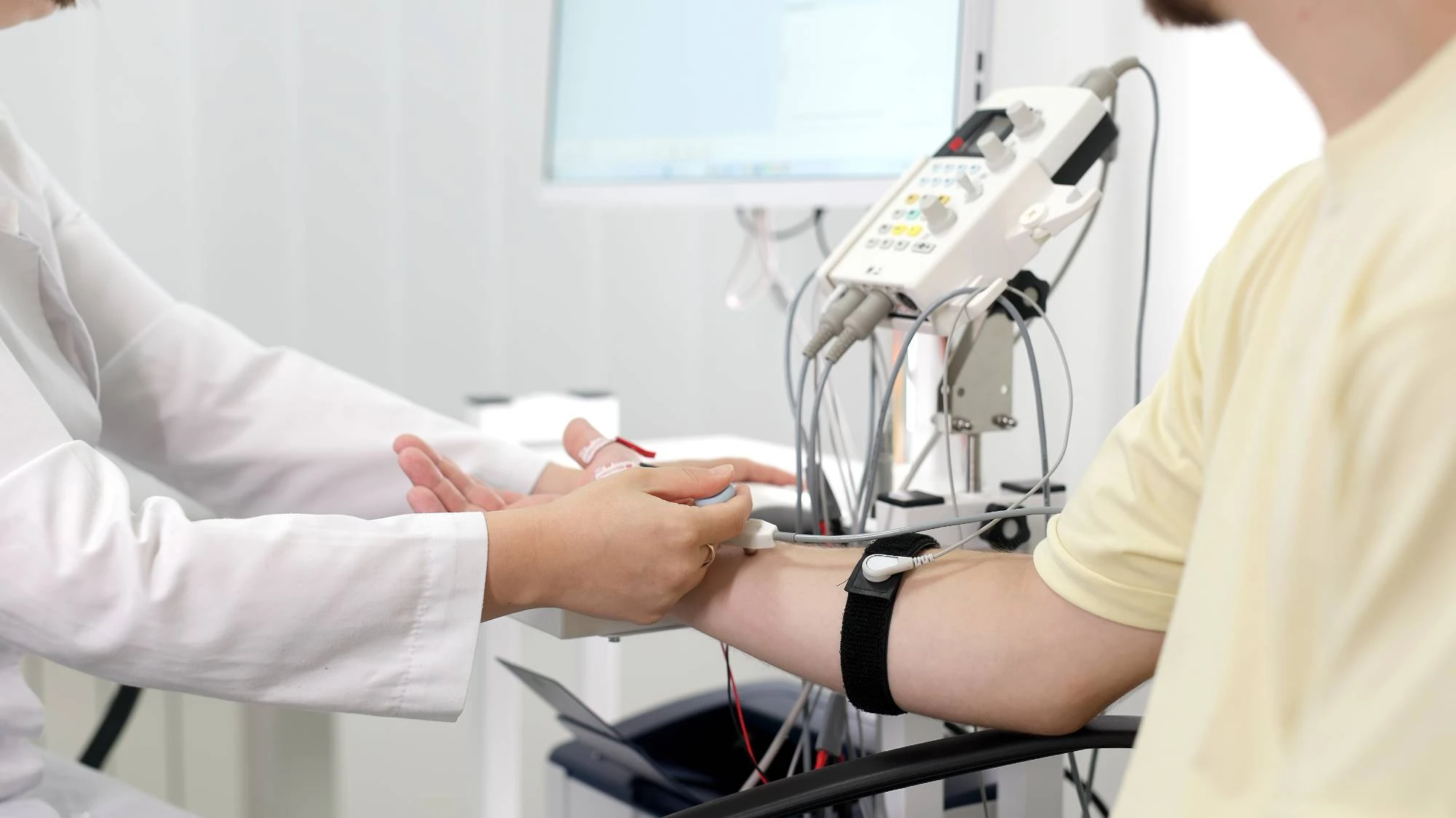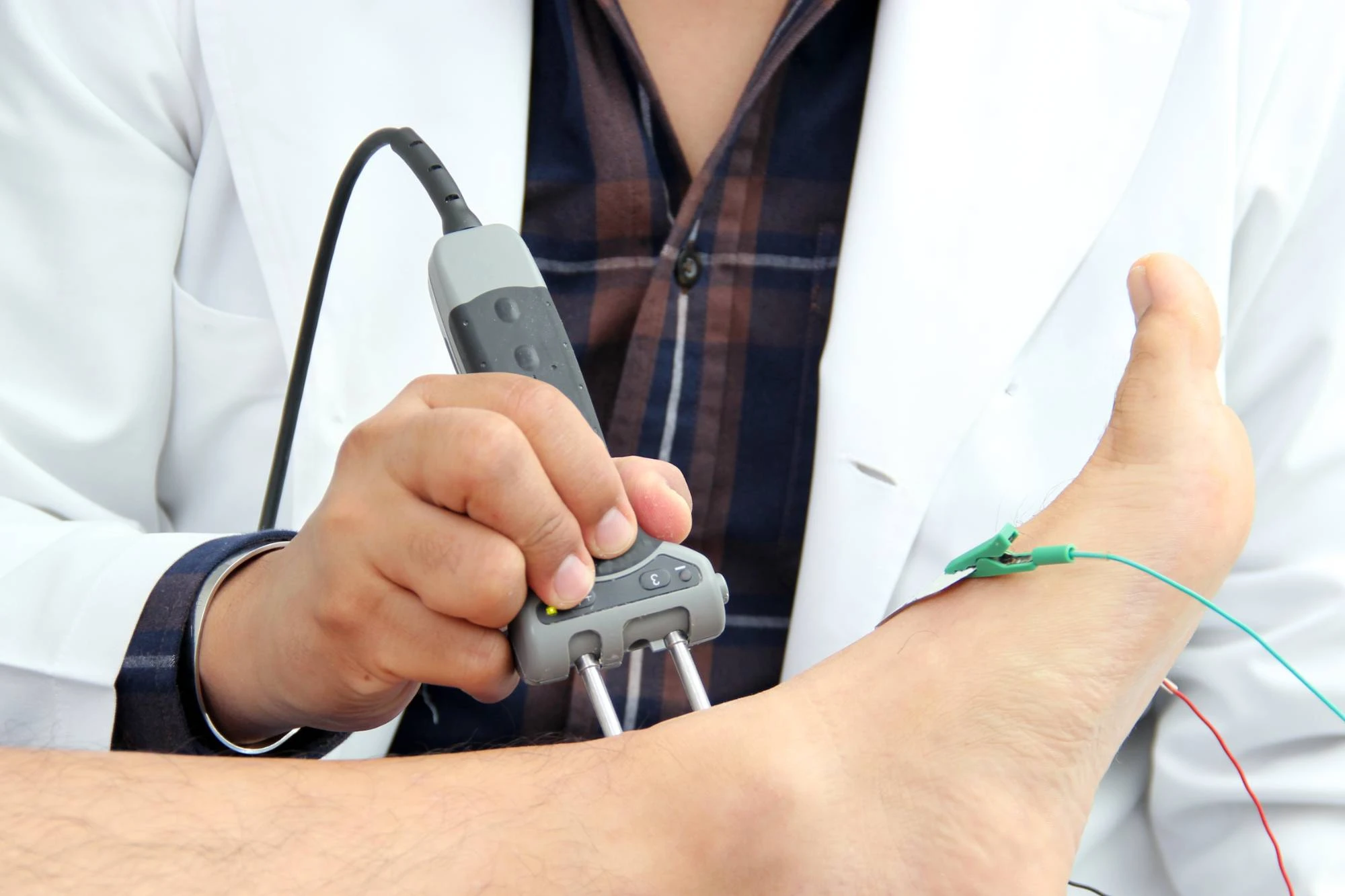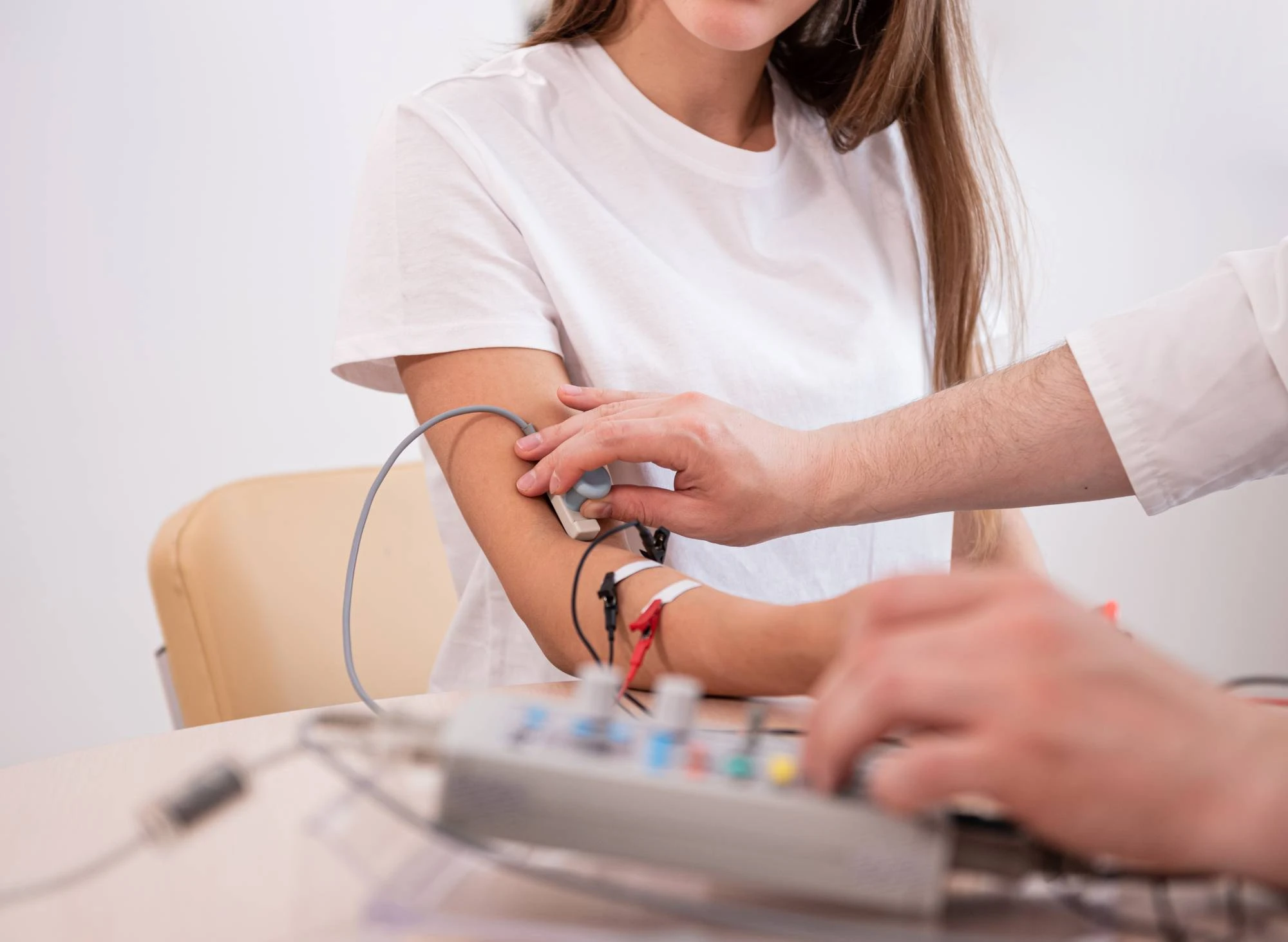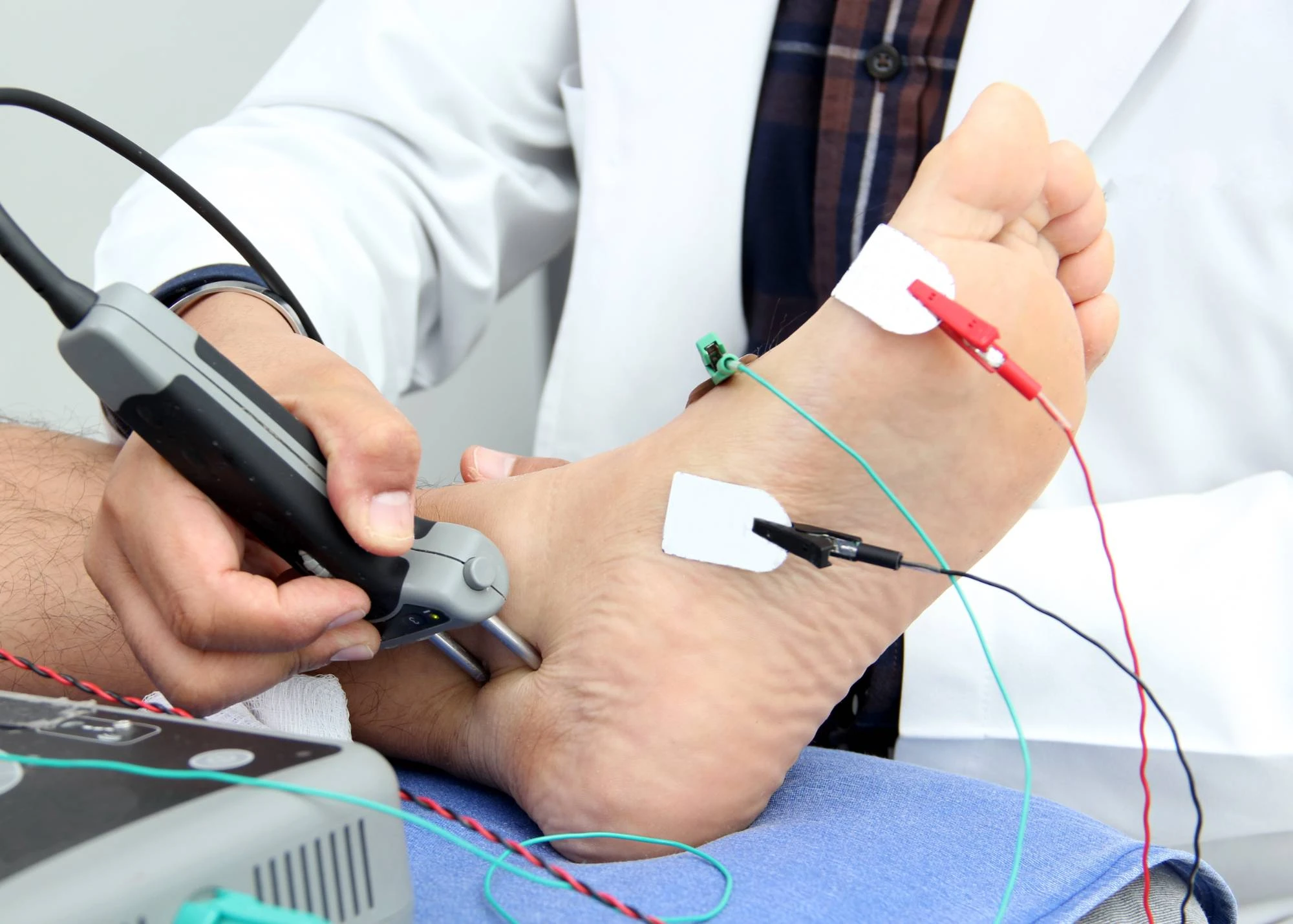Advanced diagnostic testing that pinpoints exactly what’s causing your nerve pain, numbness, or muscle weakness.

Reviews

You’ve been dealing with symptoms long enough. The numbness in your hands that makes simple tasks frustrating. The shooting pain down your leg that disrupts your sleep. The muscle weakness that’s changing how you move through your day.
Nerve and muscle testing gives you concrete answers. Instead of guessing what’s wrong or trying treatments that might not fit your specific condition, you’ll know exactly which nerves or muscles aren’t functioning properly. This isn’t about managing symptoms in the dark anymore.
With precise diagnostic results, your treatment becomes targeted and effective. You’ll understand whether you’re dealing with carpal tunnel syndrome, a pinched nerve, diabetic neuropathy, or another condition entirely. That clarity changes everything about how you approach getting better.
NY Spine Medicine brings specialized neurological testing directly to Palm Bay residents. You don’t need to drive to Orlando or Melbourne for accurate nerve and muscle evaluation anymore.
Our team has spent years interpreting complex EMG and nerve conduction studies. We understand that behind every test result is someone who needs real answers about their health. That’s why we take time to explain findings clearly and coordinate with your other doctors to ensure you get the right treatment.
Serving the Palm Bay community means understanding the unique needs of Florida residents, from age-related nerve changes to conditions common in our active, outdoor lifestyle.

Nerve conduction studies come first. Small electrodes placed on your skin send mild electrical pulses to measure how fast and strong your nerve signals travel. You’ll feel brief, mild shocks, but nothing painful or dangerous. This shows exactly where nerve function breaks down.
Electromyography follows if needed. A thin needle electrode inserted into specific muscles measures their electrical activity. Most people find this more tolerable than expected. The needle detects whether your muscles respond normally to nerve signals or if there’s damage affecting function.
Testing typically takes 30 to 60 minutes depending on which areas need evaluation. You’ll get preliminary results immediately, with a detailed report following within days. The findings will clearly show which nerves or muscles aren’t working properly and help determine the best treatment approach for your specific situation.

Ready to get started?
Your evaluation includes both EMG and nerve conduction studies when medically necessary. This comprehensive approach ensures nothing gets missed. Some conditions only show up on one type of test, so having both available means more accurate diagnosis.
The testing covers common problem areas like hands and wrists for carpal tunnel syndrome, legs and feet for sciatica or diabetic neuropathy, and other areas based on your specific symptoms. Each test is tailored to your situation rather than following a one-size-fits-all protocol.
You’ll receive detailed results that your referring doctor can use immediately for treatment planning. The findings integrate seamlessly with other diagnostic information you may have, creating a complete picture of your condition. This coordination prevents delays in getting the treatment you need.

New York:
Florida:
Support